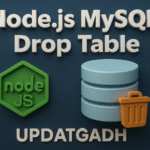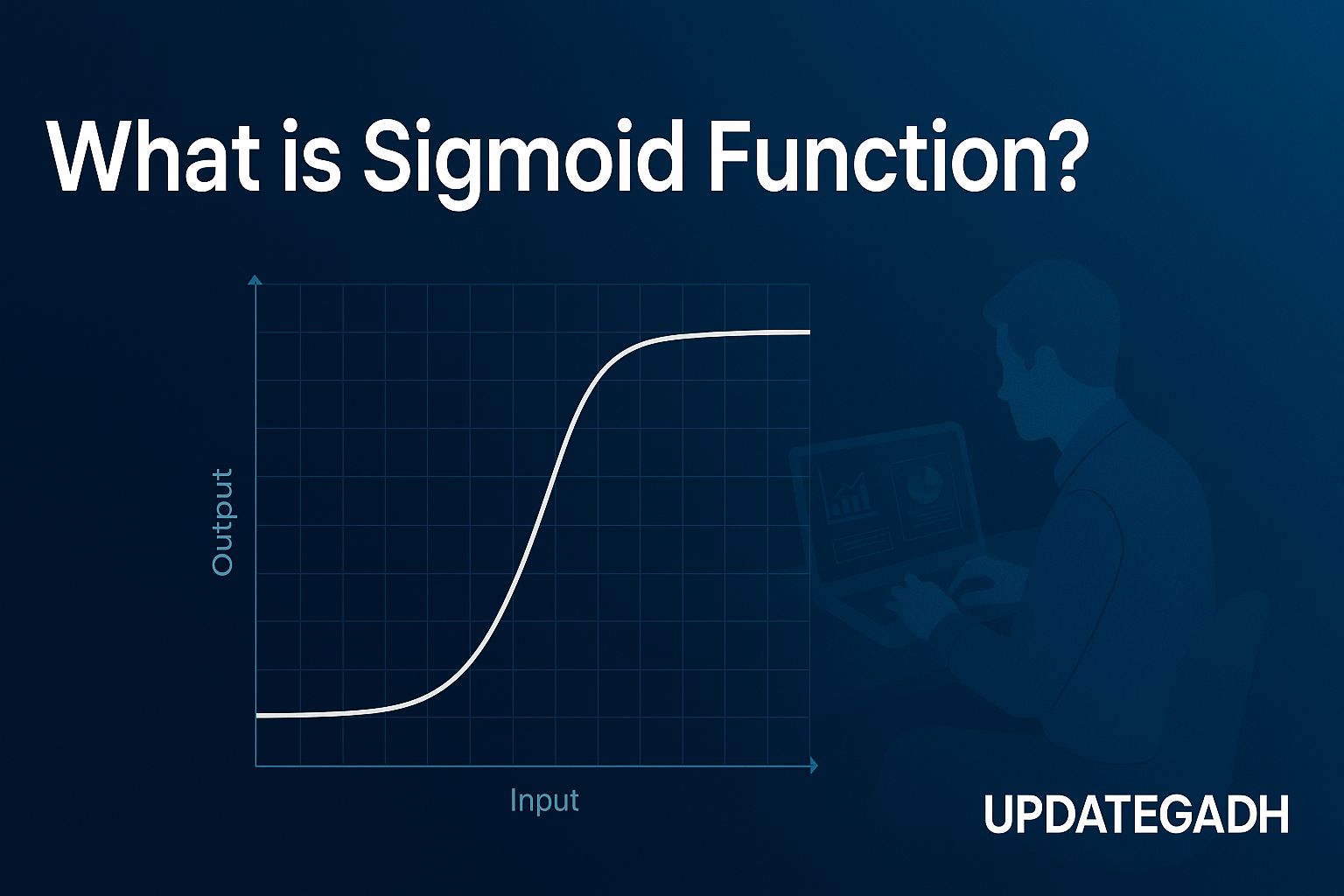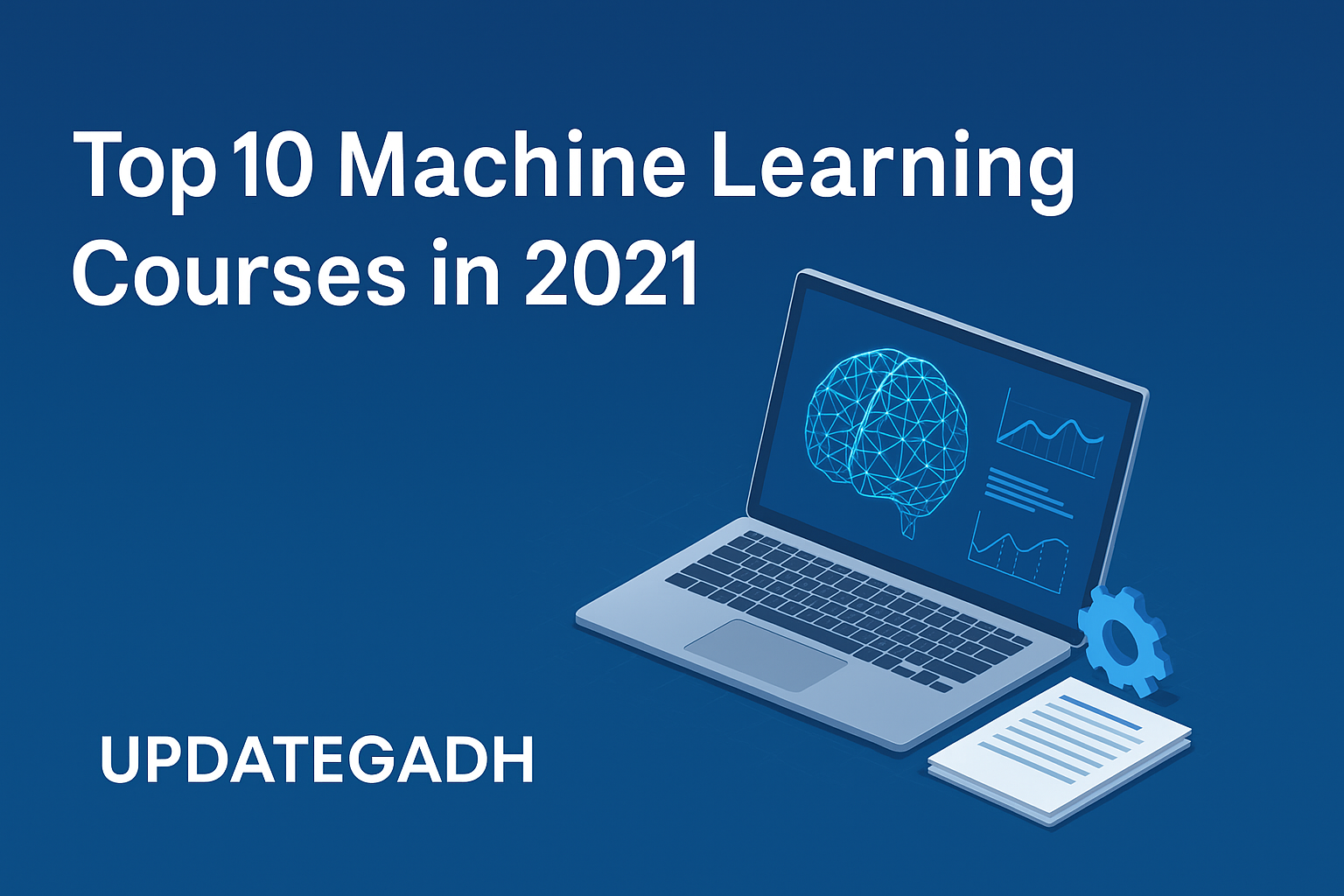
Transformer Attention Mechanism
Transformer Attention Mechanism
The Transformer model, introduced in the groundbreaking paper “Attention is All You Need” by Vaswani et al., has reshaped the landscape of Natural Language Processing (NLP). Unlike its predecessors like RNNs and CNNs, the Transformer thrives on a core principle — attention.
This attention mechanism is the beating heart of the Transformer architecture. It allows the model to focus on relevant parts of the input sequence when generating output, even if the relevant tokens are far apart. As a result, Transformers outperform traditional models in a range of NLP tasks such as machine translation, text summarization, language modeling, and more.
SQL Tutorial :-Click Here
Data Science Tutorial:-Click Here
🔍 What Is Attention in Transformers?
At its core, the attention mechanism enables a model to assign different weights to various parts of an input sequence when processing each word in the output. This dynamic focus gives the Transformer the ability to understand context, even across long distances in the input — something earlier models struggled with.
Let’s break down the different types of attention mechanisms that make the Transformer so powerful.
🧠 Types of Attention Mechanisms in Transformers
1. Scaled Dot-Product Attention
This is the foundational attention mechanism used inside the Transformer. It works by computing attention scores using queries (Q), keys (K), and values (V).
Steps:
- Compute the dot product between query and key vectors.
- Scale the result by the square root of the key dimension to stabilize gradients.
- Apply the softmax function to get attention weights.
- Multiply these weights with value vectors to get the final output.
Formula:
Attention(Q, K, V) = softmax((QKᵀ) / √dₖ) * V
Where dₖ is the dimension of the key vectors.
2. Multi-Head Attention
Multi-Head Attention allows the model to capture various relationships in the sequence by using multiple attention layers (or “heads”) simultaneously.
Each head learns unique attention patterns and then the outputs are concatenated and linearly transformed.
Formula:
MultiHead(Q, K, V) = Concat(head₁, ..., headₕ) * Wₒ
headᵢ = Attention(QWᵢQ, KWᵢK, VWᵢV)
3. Self-Attention
Self-attention, or intra-attention, enables the model to relate each word in a sequence to every other word, including itself. It is applied both in the encoder and decoder, enabling the model to effectively learn internal context.
4. Encoder-Decoder (Cross) Attention
Used in the decoder, this mechanism allows the decoder to attend to the encoder’s outputs when generating the target sequence. This is critical in tasks like translation, where the output word depends on specific parts of the input sentence.
5. Masked (Causal) Self-Attention
In text generation tasks, we don’t want the model to “look ahead” at future tokens. Masked self-attention ensures that only past and present tokens are considered during prediction, maintaining the auto-regressive property.
Formula:
MaskedAttention(Q, K, V) = softmax((QKᵀ + M) / √dₖ) * V
Where M is a mask that assigns -∞ to future positions.
⚙️ How to Implement Transformer Attention Mechanism in TensorFlow
Here’s a basic overview of building the attention modules in TensorFlow.
Step 1: Import Required Libraries
import tensorflow as tf
from tensorflow.keras.layers import Layer, Dense, Dropout, LayerNormalization, Embedding
import numpy as np
Step 2: Scaled Dot-Product Attention Class
This class computes attention scores, scales them, applies a mask (if needed), and returns a weighted sum of the values.
class ScaledDotProductAttention(Layer):
def call(self, q, k, v, mask):
matmul_qk = tf.matmul(q, k, transpose_b=True)
dk = tf.cast(tf.shape(k)[-1], tf.float32)
scaled_logits = matmul_qk / tf.math.sqrt(dk)
if mask is not None:
scaled_logits += (mask * -1e9)
attention_weights = tf.nn.softmax(scaled_logits, axis=-1)
output = tf.matmul(attention_weights, v)
return output, attention_weights
Step 3: Multi-Head Attention Layer
class MultiHeadAttention(Layer):
def __init__(self, d_model, num_heads):
super().__init__()
self.num_heads = num_heads
self.depth = d_model // num_heads
self.wq = Dense(d_model)
self.wk = Dense(d_model)
self.wv = Dense(d_model)
self.dense = Dense(d_model)
def split_heads(self, x, batch_size):
x = tf.reshape(x, (batch_size, -1, self.num_heads, self.depth))
return tf.transpose(x, perm=[0, 2, 1, 3])
def call(self, v, k, q, mask):
batch_size = tf.shape(q)[0]
q, k, v = self.wq(q), self.wk(k), self.wv(v)
q, k, v = map(lambda x: self.split_heads(x, batch_size), (q, k, v))
attention, weights = ScaledDotProductAttention()(q, k, v, mask)
attention = tf.transpose(attention, perm=[0, 2, 1, 3])
concat = tf.reshape(attention, (batch_size, -1, self.num_heads * self.depth))
return self.dense(concat), weights
Step 4: Positional Encoding
Adds positional information so the model knows the order of tokens.
class PositionalEncoding(Layer):
def __init__(self, position, d_model):
super().__init__()
self.pos_encoding = self.positional_encoding(position, d_model)
def positional_encoding(self, position, d_model):
angle_rads = self.get_angles(np.arange(position)[:, np.newaxis],
np.arange(d_model)[np.newaxis, :], d_model)
angle_rads[:, 0::2] = np.sin(angle_rads[:, 0::2])
angle_rads[:, 1::2] = np.cos(angle_rads[:, 1::2])
return tf.cast(angle_rads[np.newaxis, ...], dtype=tf.float32)
def get_angles(self, pos, i, d_model):
return pos * 1 / np.power(10000, (2 * (i//2)) / np.float32(d_model))
def call(self, x):
return x + self.pos_encoding[:, :tf.shape(x)[1], :]
💡 Significance of the Transformer Attention Mechanism
- Parallelism: Transformers process tokens simultaneously (vs sequentially in RNNs), greatly boosting training speed and hardware utilization.
- Contextual Awareness: The attention mechanism helps focus on meaningful tokens relevant to a given context.
- Handling Long-Range Dependencies: Transformers excel at learning relationships across long sequences, which is challenging for traditional architectures.
- Scalability: Whether it’s a short sentence or an entire document, the Transformer adapts to various input lengths with consistent efficiency.
🔧 Applications of Attention in Real-World NLP Tasks
- Machine Translation: Used in models like BERT and GPT to capture rich contextual relationships across languages.
- Text Summarization: Extracts the most relevant parts from lengthy texts.
- Sentiment Analysis: Understands the sentiment of text by attending to emotion-carrying words.
- Question Answering: Helps models like T5 generate precise answers from a context passage.
- Named Entity Recognition (NER): Accurately identifies names, places, and organizations in text.
- Text Generation: Powers tools like ChatGPT, writing assistants, and AI story generators.
- Language Modeling: Learns word probabilities to improve autocomplete, spell-check, and voice-to-text systems.
Download New Real Time Projects :-Click here
Complete Advance AI topics:- CLICK HERE
✅ Conclusion
The attention mechanism has revolutionized how we approach NLP tasks. From Scaled Dot-Product Attention to Multi-Head and Causal Self-Attention, these mechanisms empower models to understand context, relevance, and relationships like never before.
The Transformer’s attention-based approach is now the standard in modern AI architectures, powering the most advanced systems in translation, generation, summarization, and more. Whether you’re building an AI assistant, a chatbot, or a translation tool — attention is, indeed, all you need.
📌 Stay tuned with Updategadh for more deep dives into AI and machine learning topics!
attention is all you need
self-attention mechanism
what is the purpose of attention mechanism in transformer architecture
attention mechanism in deep learning
attention in transformers visually explained
transformer model
what role do transformers perform in large language models
types of attention mechanism
transformer attention mechanism
vision transformer attention mechanism
transformer attention mechanism explained
what is the purpose of attention mechanism in transformer architecture
attention mechanism in transformer architecture
self attention mechanism in transformer based models
transformer self attention mechanism










Post Comment